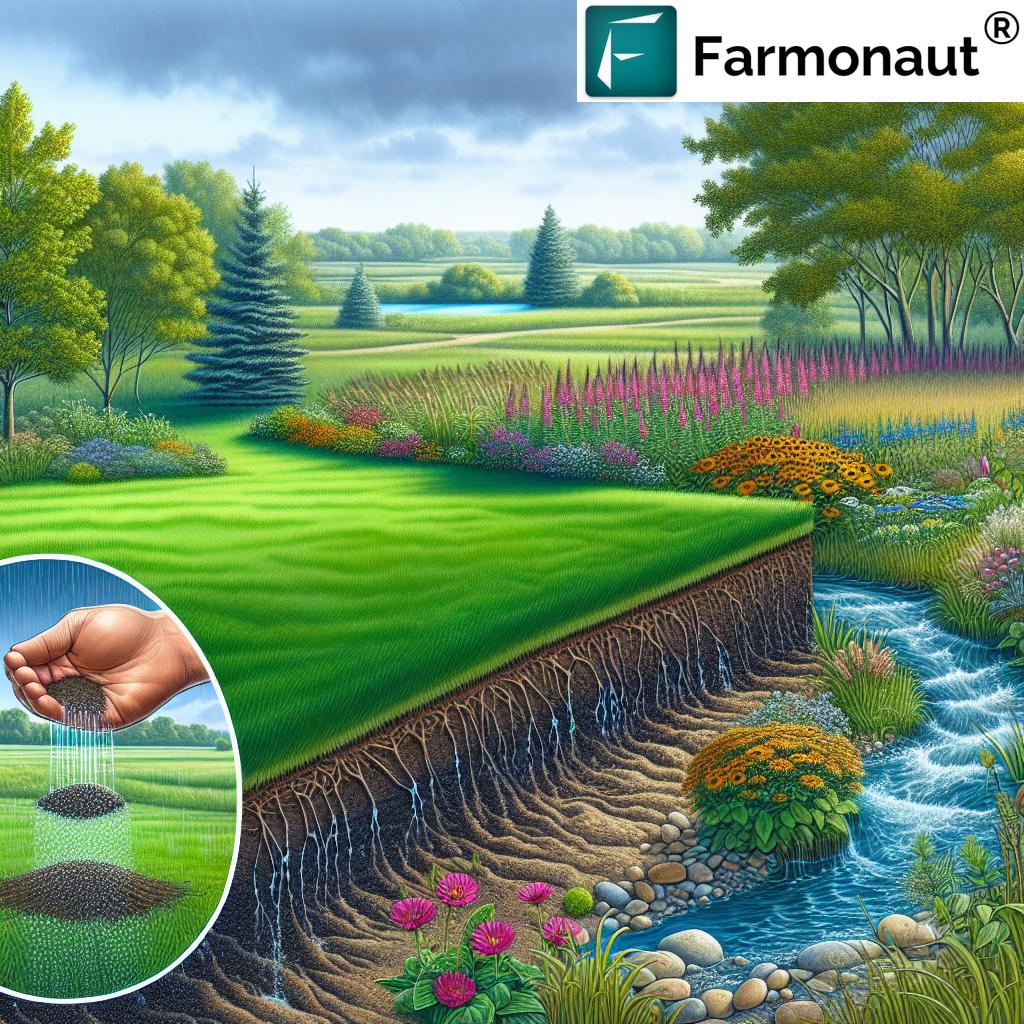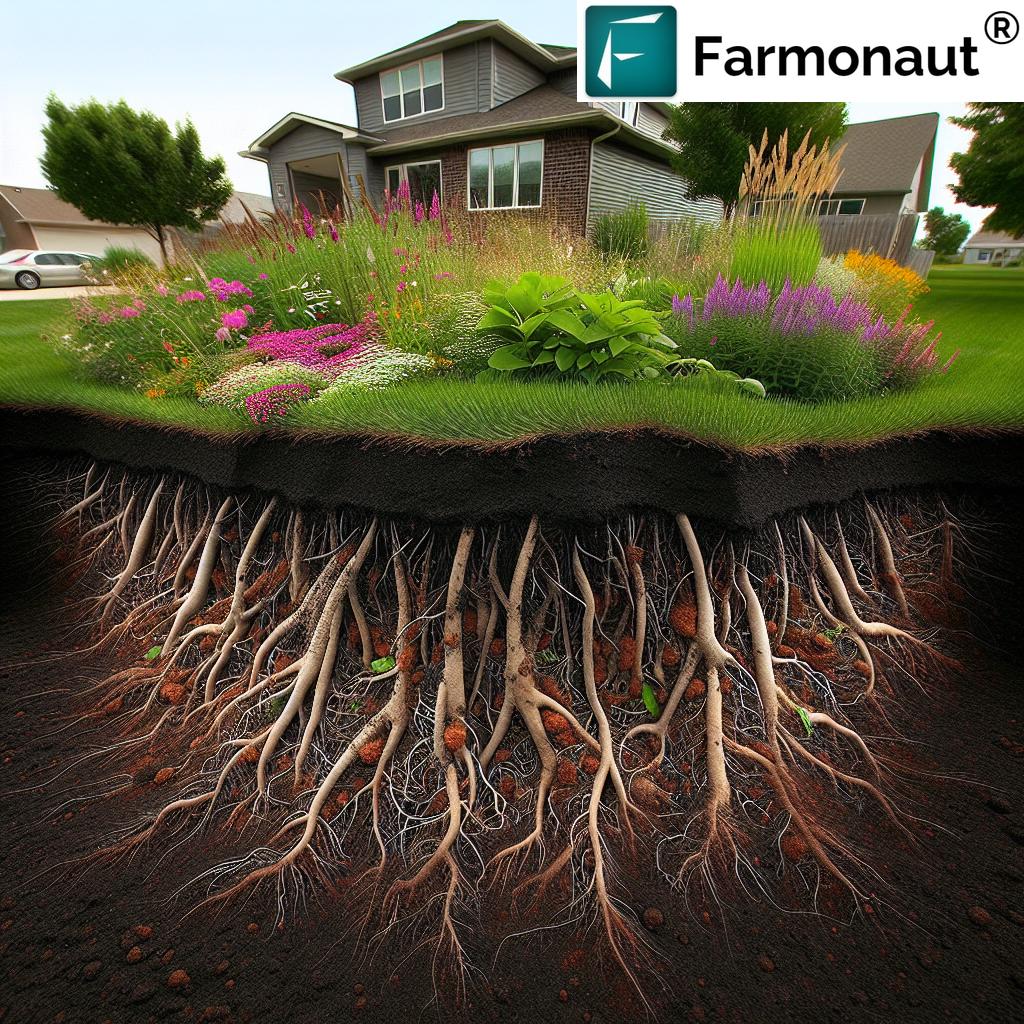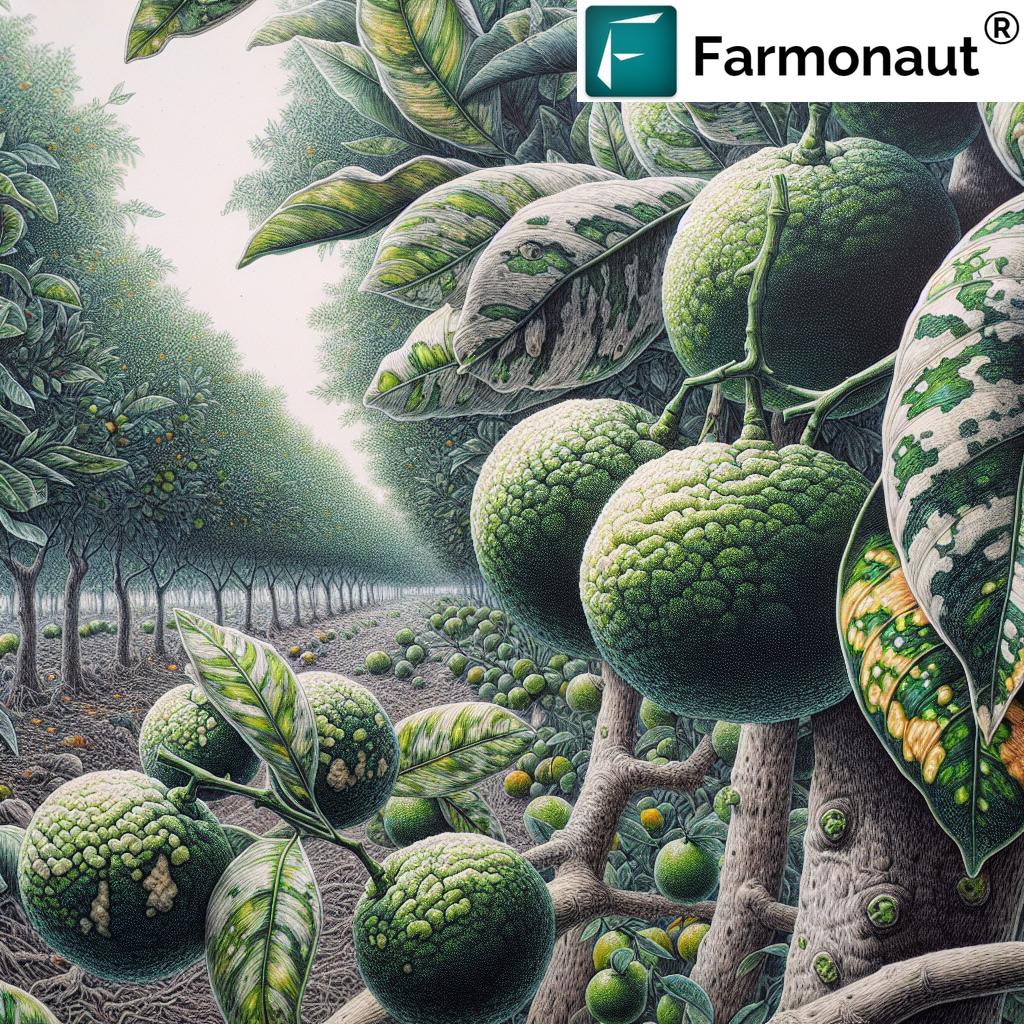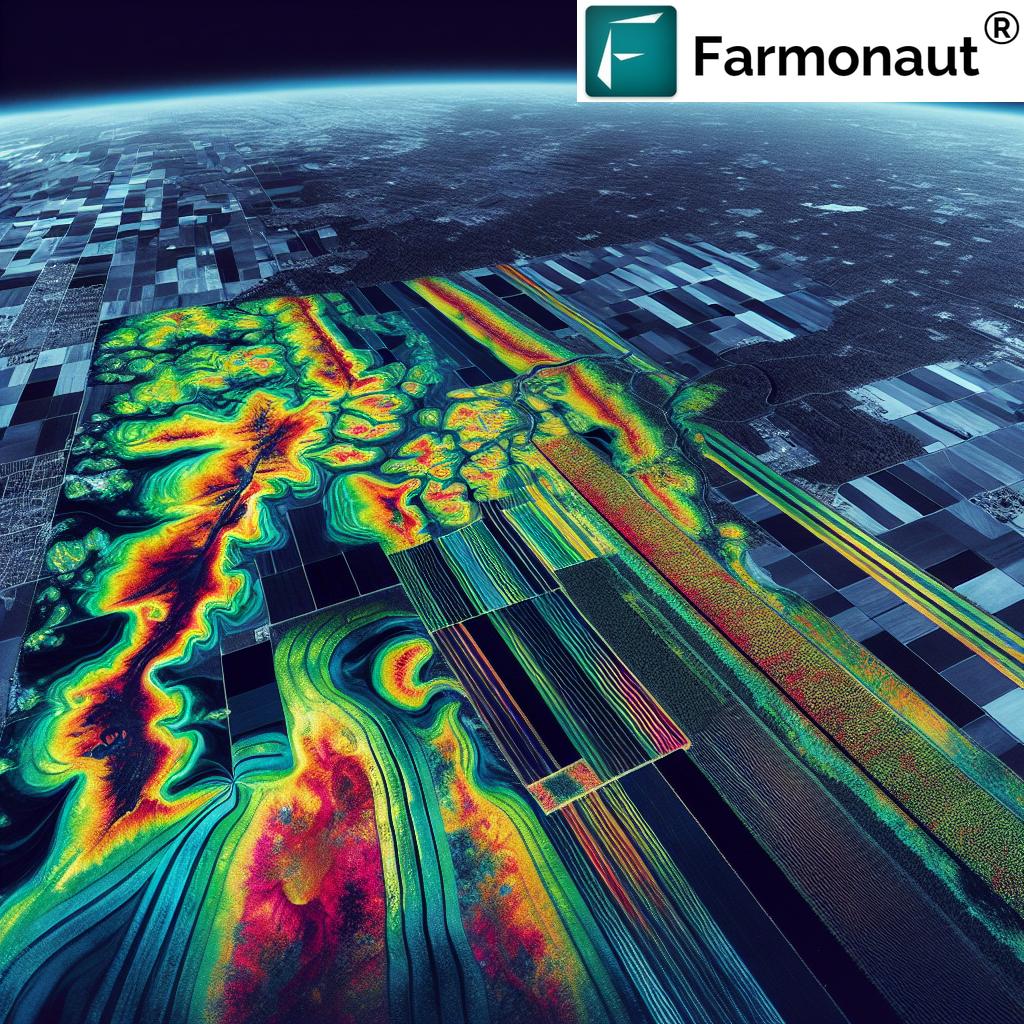Soil Quality Restoration: 7 Powerful Ways Johnson County Homeowners Can Improve Water and Land Health
Welcome, neighbors! If you live in Johnson County, Iowa, chances are you already appreciate the richness of our local soil and its role in making our state one of the most productive agricultural regions in the world. But as we cherish our local landscapes, we must also recognize the responsibility to guard the health of our land, water, and communities for generations to come.
Over the past century, intensive use of Iowa’s resources—from highly productive agriculture to urban expansion—has contributed to mounting challenges. Disconnected lawns, erosion, stormwater runoff, and heavy chemical use degrade both soil and water health. Local programs, such as the Soil Quality Restoration Program and Pocket Prairie initiatives, offer hope. These efforts incentivize us as homeowners to adopt sustainable, chemical-free practices that enhance soil structure, filter pollutants, and protect Iowa’s waterways.
In this comprehensive guide, we’ll explore why soil quality restoration matters for every homeowner in Johnson County. We’ll share seven powerful, practical ways to revitalize your yard for greener, healthier lawns that also help improve water quality Iowa and contribute to land conservation. Whether you live in rural neighborhoods or on the edge of Iowa City, North Liberty, or Coralville, these strategies can transform your soil and our environment for the better.
Why Soil Health Matters: Water Quality and Agricultural Productivity
Did you know that Iowa’s soil is among the most productive in the world, supporting agriculture that produces billions of dollars for the state annually? Yet, this productivity brings significant pressures:
- Chemical fertilizers and pesticides—often used to maintain lush lawns—can wash into streams, creeks, and rivers as stormwater runoff, reducing water quality.
- Compacted or degraded soil has less ability to absorb water, filter pollutants, and promote plant growth, resulting in further environmental strain.
- Urban development leads to more impervious surfaces, increasing runoff and further taxing fragile soils.
In Johnson County, restoring soil health is inseparable from our efforts to improve water quality Iowa, reduce stormwater runoff, and ensure the long-term sustainability of both agriculture land conservation and urban green spaces.
Soil Quality Restoration & Native Prairie Programs in Johnson County and Iowa
Soil health programs have rapidly become a cornerstone of conservation strategies for both rural and urban homeowners across Iowa. Leading this effort, Johnson County’s Soil Quality Restoration Program
, launched in 2022, aims to:
- Reimburse up to 50% of the costs (up to $2,000) for approved restoration projects—making it affordable to upgrade your yard sustainably.
- Encourage chemical-free lawn care, using natural soil amendments and sustainable landscaping techniques.
- Protect streams and creeks from pollutants by transforming compacted, disturbed soil into living, functional groundcover capable of filtering stormwater runoff.
Additional conservation programs Iowa, like Pocket Prairie and the Native Oasis Pollinator Patch Program in nearby Linn County, provide habitat for native species and pollinators while building soil organic matter.
Want to learn more about monitoring your soil, crops, and land health? Explore how satellite-based farm management, advisory systems, and traceability solutions from Farmonaut empower sustainable decisions for both individual homeowners and the wider agriculture sector.
7 Powerful Ways Johnson County Homeowners Can Practice Soil Quality Restoration
Let’s break down the seven most effective, evidence-based strategies every Johnson County homeowner can implement to restore soil quality, support agricultural and urban sustainability, and protect Iowa waterways.
-
1. Aerate and Decompact Your Yard
Most urban lawns are compacted from years of foot traffic, mowing, and construction. Compacted ground limits the infiltration of rainwater, increasing stormwater runoff and reducing plant health.
- Core aeration (removing small plugs of soil) allows roots to breathe, increases organic matter movement, and improves water retention.
- Deep-tine aeration is even more effective for heavily compacted soils.
Result: Aerated soil absorbs more rainfall, helping filter pollutants and minimize runoff—directly addressing concerns about water quality and soil function.
-
2. Add Organic Matter: Compost and Mulch
Soil quality restoration hinges on increasing the organic content of our soil. Compost, leaf mulch, or well-rotted manure naturally rebuilds nutrient cycles without synthetic fertilizers.
- Benefits: Boosts microbial life, water retention, and root health.
- Keeps plant nutrients stable and slowly released over time—unlike high-solubility chemicals prone to quick runoff.
Pro Tip: Spread 1/2 to 1 inch of compost over your lawn, then gently rake it in after aerating. Mulch garden beds with leaves or shredded bark to maintain soil health.
-
3. Transition to Chemical-Free Lawn Care
Reducing or eliminating synthetic fertilizers, herbicides, and pesticides is vital for sustainable, stormwater runoff solutions. Choose organic soil amendments, native groundcovers, and integrated pest management for healthier lawns and fewer pollutants.
- Benefits: Protects streams, creeks, and waterways from nutrient runoff and chemical contamination.
- Fosters pollinator habitats by reducing toxins.
Resources: Many soil health programs and extension services offer guides for organic lawn management. Check with the Johnson County Soil and Water Conservation office.
-
4. Establish Native Prairie or Pocket Prairie Zones
The Pocket Prairie Program and the Native Oasis Pollinator Patch Program are exciting paths for creating low-maintenance, high-impact native plant gardens:
- Native prairie species—such as coneflowers, big bluestem, and switchgrass—require less water, provide habitat for pollinators, and support deep root structures that anchor and revitalize soil.
- These programs often provide cost-sharing and seed resources for homeowners.
- Explore crop, plantation, and forestry advisory tools for landowners and organizations aiming to scale native prairie restoration and ecological landscaping on larger plots.
Result: Dense prairie plantings prevent erosion, increase soil organic matter, and create resilient natural buffers for water filtration.
-
5. Reduce Impervious Surfaces and Capture Rainwater
Hard surfaces like driveways and patios increase urban runoff. Reducing impervious cover and installing permeable pavers, rain gardens, or bioswales intercepts stormwater, allowing it to percolate through soil.
- Install a rain barrel to collect water for landscape irrigation.
- Create swales or gentle depressions planted with native vegetation to intercept gutters and roof runoff.
Environmental impact: Each gallon of water we keep on our property reduces pressure on local stormwater systems and prevents soil erosion.
-
6. Maintain Permanent Ground Cover Year-Round
Bare soil is prone to erosion and loses organic matter rapidly. Maintaining permanent ground cover—via lawns, prairie plantings, or cover crops—shields soil from rain impact, stabilizes nutrients, and supports beneficial microbes.
- Overseed lawns each fall to fill bare spots.
- In garden beds, plant winter rye, clover, or native groundcovers to lock in nutrients over winter.
Conservation tip: Even a small increase in permanent cover boosts both soil and water quality over time.
-
7. Pursue Ongoing Soil Testing and Monitoring
Many soil health programs require annual testing. Homeowners can use easy-to-access soil test kits or work with conservation district contractors to spot nutrient or compaction problems.
- Satellite-based soil and crop health monitoring tools allow land managers—including homeowners, HOA boards, and farmers—to assess moisture, cover, and organic matter trends over time.
- Early intervention prevents over-fertilization or chemical misuse while maximizing sustainability.
Explore advanced options: Farmonaut’s carbon footprint tracking shows real-time data on emissions, empowering property owners to reduce their environmental footprint in line with local and state goals for soil and water conservation.
Comparison Table: Soil Quality Restoration Practices and Their Environmental Impact
| Restoration Method | Estimated Improvement in Soil Health (%) | Estimated Impact on Water Quality (%) | Chemical Usage | Native Species Support | Cost Estimate |
|---|---|---|---|---|---|
| Aeration & Decompaction | 25–35 | 20–30 | No | No | Medium |
| Organic Matter Addition (Compost/Mulch) | 30–40 | 15–25 | No | No | Low–Medium |
| Chemical-Free Lawn Care | 20–30 | 25–35 | No | No | Low–Medium |
| Native/Pocket Prairie Installation | 40–60 | 45–60 | No | Yes | Medium |
| Impervious Surface Reduction & Rainwater Capture | 15–25 | 20–30 | No | Yes (with native gardens) | Medium–High |
| Permanent Ground Cover | 25–35 | 15–20 | No | Yes (if native species) | Low |
| Soil Testing & Satellite Monitoring | 10–20 | 5–10 | No | No | Low–Medium |
Leveraging Technology: Farmonaut Solutions for Soil Health and Conservation
How can data-driven tools accelerate soil quality restoration? While hands-on practices are essential, advanced technology solutions now empower both farmers and homeowners in Johnson County to monitor, manage, and optimize land health for the long term.
- Satellite-Based Crop and Soil Health Monitoring: The Farmonaut platform analyzes high-resolution satellite imagery to track soil moisture, vegetation density (NDVI), and even historical trends in ground coverage. From homeowners with large yards to agricultural land managers, these insights help us make science-backed soil management choices.
- AI-Powered Advisory Systems: Farmonaut’s Jeevn AI delivers localized, real-time recommendations using weather, soil, and crop analytics—helping users target efforts for soil improvement and protecting Iowa waterways.
- Blockchain-Based Product Traceability: Farmonaut’s traceability tools empower transparency in supply chains. As consumers become more concerned about sustainable land use, traceable data assures us that we’re supporting conservation-minded producers, both locally and across the agriculture sector.
- Fleet and Resource Management: Larger property owners can use advanced fleet/resource management tools to efficiently allocate equipment, reduce operational costs, and streamline soil restoration activities.
- Crop Loan & Insurance Validation: By providing satellite-based verification for crop loans/insurance, Farmonaut supports both commercial farms and smallholders, making sustainable improvements more accessible throughout Iowa.
Whether you’re a homeowner, community manager, or involved in agriculture, Farmonaut’s affordable, scalable solutions bring precision agriculture and conservation within reach—supporting a resilient, green Johnson County and beyond.
Want to build your own digital farm management toolkit? Learn about Farmonaut’s API and developer documentation for integrating up-to-date satellite, soil, and weather data directly into your conservation or HOA projects.
Farmonaut Subscription Plans
Frequently Asked Questions (FAQ)
What is the Soil Quality Restoration Program in Johnson County?
The Soil Quality Restoration Program provides financial incentives to homeowners outside Iowa City, North Liberty, and Coralville for adopting sustainable soil health practices—such as aeration, organic amendments, and native plantings—aimed at improving water quality and reducing harmful runoff.
How do these practices improve water quality Iowa and protect local land?
Healthier soil absorbs more rainwater and filters out pollutants naturally, reducing the amount of fertilizer, pesticides, and sediment reaching streams and waterways. This leads to cleaner waterways and more resilient landscapes.
Who is eligible for program reimbursement?
Homeowners in Johnson County (outside Iowa City, North Liberty, and Coralville) may be eligible for reimbursements up to 50% of restoration project costs (up to $2,000). Pre-approval and use of an authorized contractor are required.
Can native prairie plantings substitute for lawn?
Absolutely. Pocket Prairie or Pollinator Patch projects replace parts of traditional turf with native flowers and grasses—enhancing soil quality, supporting wildlife, and reducing the need for irrigation or chemicals.
How can technology help monitor my yard’s soil and water health?
Platforms such as Farmonaut use multispectral satellite data to help track soil moisture, vegetation, and ground cover health. This insight allows for precise interventions, minimizes waste, and can be used for resource management, loan validation, or even demonstrating compliance with environmental regulations.
What is the best first step for my property?
Begin with a soil test and consultation. Then choose strategies from core aeration to organic matter addition—layered with permanent ground cover—according to your budget and property goals. Johnson County’s conservation programs and Farmonaut’s digital tools help every step of the way.
Conclusion: Our Path Forward to a Healthier Johnson County
Restoring our soil is about more than beautiful lawns or thriving gardens—it’s about protecting what makes Johnson County, Iowa truly special. As homeowners, we hold the keys to cleaner water, richer land, and a more sustainable future.
By choosing soil quality restoration, we are not only enhancing our own property and investing in land health, but also working together to improve water quality across Johnson County. Reducing chemicals, supporting native species through prairie programs, and leveraging innovative tools like those provided by Farmonaut ensure our efforts are science-backed and cost-effective.
Let’s act now—whether through small changes in our yards or ambitious native prairie restoration projects—to ensure healthy soil, vibrant land, and clean water for every community in Johnson County, today and tomorrow.
Ready to get started? Explore the Soil Quality Restoration Program, Pocket Prairie options, or digital monitoring with Farmonaut’s solutions.















